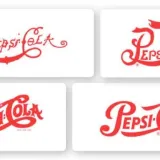

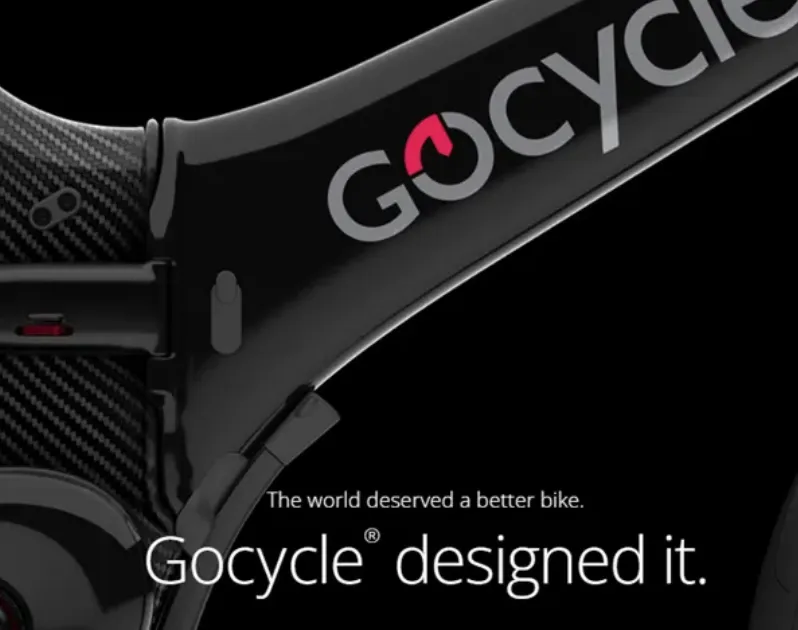
VISION & MISSION - HOW TO INSPIRE AND MOTIVATE OTHERS ABOUT YOUR BRAND
This is the second article in our ‘Four things you have to get right for your brand’ series.
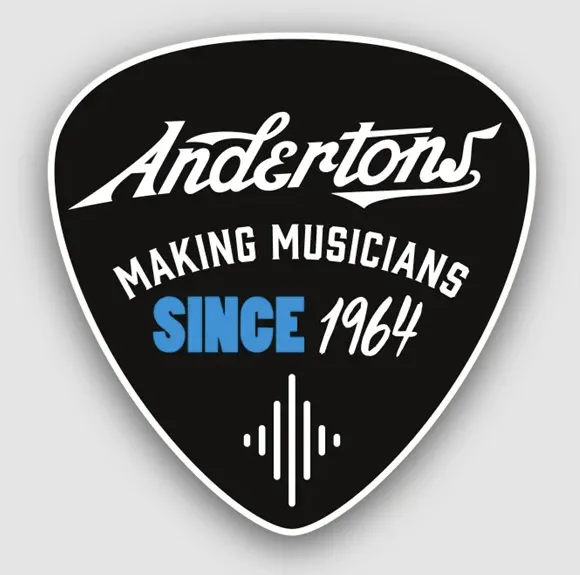
In the last one we covered the need to get your brand name and URL sorted before you launch your brand. If you don’t, you will be storing up issues and continually incurring costs in the form of poor or inefficient brand communications until you do.
Brand naming and URL are very important – a well-chosen brand name will definitely help you brand be more distinct and memorable. Finalise, secure, register and use your brand name consistently and don’t change it unless you have to.
So, if you are not a big brand with a huge amount of brand assets, sort it before you are – it will cost you a lot more once you get big and your brand collateral is extensive.
So what’s next?
- Vision and Mission
- Brand Name & URL
- Vision & Mission
- Personality & Distinct Identity
- Narrative
Vision and Mission – Do they matter?
[We’ve added links to what we think are some useful resources for working on vision and mission below]
We believe the answer is ‘Yes’. Creating Vision and Mission statements for your brand can be hugely influential on your business – or they should be. Why? Because creating them forces you and your team to think about existential things.
For the Pull Agency, Vision & Mission are the most foundational of the foundational items we work on when creating client Brand Blueprints™.
Why are you (your brand) here? Where are you going? And how will you get there? These are not often easy questions to answer. Sure, some brands are born around such compelling ideas that the vision and mission may be obvious in the concept. But most aren’t. Forcing yourself to think about where you want your brand to go, and whether your brand is about more than just making money can uncover things that could motivate your team, partners and consumers. You shouldn’t make stuff up, but you might be surprised about what you uncover.
Woke-washing
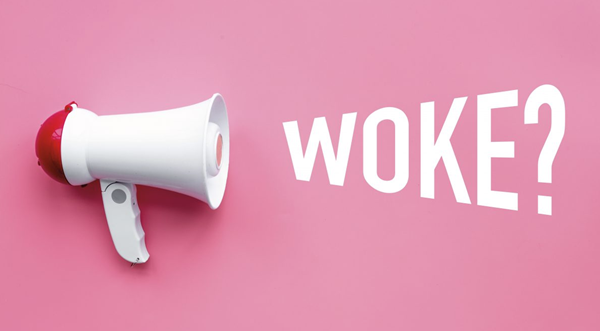
At the Pull Agency we come at this from a completely pragmatic point of view. My colleague Kathrin and I started working on brands long before the idea that ‘Brand Purpose’ could mean your bank could close your account because they thought that you didn’t conform to their ideology. We want your brand to be an inspiration – but not through posturing around fashionable causes and virtue signalling. As we are increasingly seeing, this can often backfire and consumers tend to see through the charade.
We believe that your brand will benefit from you crafting Vision and Mission statements that are grounded in reality, are sincere and authentic, but are sufficiently ambitious to motivate employees, stakeholders and partners, and also possibly consumers and suppliers.
Vision, Mission/Purpose. What’s the difference?
Well, they answer different questions.
Vision: Where is your brand going and how will you get there?
Mission: Why does your brand exist?
Don’t worry about the difference between Mission & Purpose. You can’t have both – that would be nuts (because trying to find a difference between the two is just semantics). Focus instead on crafting short, memorable Vision and Mission statements. And call your Mission your Purpose if you want to sound on-trend.
VISION
So, let’s start with Vision as it is simpler.
We have helped dozens of clients craft Vision statements. We have also encountered all the pitfalls, so let’s start with a list of ‘don’ts’.
Don’t create a Vision statement that is:
- Generic – could apply to any brand or product. This is easy to test. Just ask if your statement could work for any other brand. (It’s astonishing how many big brand’s vision statements fail this test. This for instance is Coca Cola’s: “Our vision serves as the framework for our Roadmap and guides every aspect of our business by describing what we need to accomplish in order to continue achieving sustainable, quality growth.” (it goes on to describe the framework, but all of it too is generic, and describes a process, not a future state.)
- Unrealistic. Like any business objective, your brand vision should be ambitious but achievable.
- Too pie in the sky. Unlike a typical annual business plan, it should look beyond just a year or two. In our experience the best vision statements look to the medium to long term – 5-10 years is a good amount in the future in which a meaningful vision could be achieved.
- Long. Generally the bigger the corporation, the longer the vision statement. This is because the statement becomes a negotiation between factions in the business who all want to be considered. Like your brand name - your statement should be short, distinct and memorable.
So, what should your Vision statement consist of? Over time we have refined our definition of what a Vision statement should be to the following:
‘VISION: WHERE WE WILL BE AND HOW WE WILL GET THERE. A COMPELLING IMAGE OF AN ACHIEVABLE FUTURE’
‘What the business or brand aspires to be in the mid to long-term future. It should be inspirational and aspirational.’
Drop the corporate-speak, and any jargon. John Kennedy had a vision for the US in space. He didn't say: "We will use cutting edge technologies to develop a highly competitive and productive space program" he said (in 1962): "We're going to put a man on the moon before the end of this decade". And of course, they did.
MISSION & PURPOSE
So, as we pointed out above – they are actually one and the same. Anyone who tries to treat them differently will be a consultant who makes money from complicating things. Added to which – asking your staff to understand and remember what your vision and mission are is already a big ask – do you really think they need to remember 3 of those things?
You will save a lot of time and/or money and God help us these days - quite a political debate where it doesn’t belong if you start from a practical viewpoint in determining your brand’s mission.
This is because what used to be largely called a brand’s mission has been – ahem – rebranded as ‘Purpose’. And as we know, Brand Purpose has become one of the sacraments of the new world order by which marketers have moved on from the mundane role as custodian of a brand designed to provide a financial return. Instead some modern marketers believe their brand exists to deliver diversity, inclusion and equity in the world. To stamp out racism, end ‘hate speech’ and correct the world wavering from a supposed climate norm. It doesn’t matter in all of this what their brand actually does – those progressive causes are its purpose. If you believe this (and it is steadily and systematically being debunked) then you will work for a big brand maybe at Unilever. You will be standing on the shoulders of those who actually built the brand using – you know – consumer insights, a strong value proposition, creative, but diligent campaigning and a good common-sense understanding of your brand’s purpose.
At the Pull Agency, we believe that the things listed above relate to the concept of ‘social purpose’ which has unfortunately muddled the subject. If you want to read about the difference between brand purpose and social purpose you can do it here. and we touch on it below.
But these articles have been created for people who manage smaller brands than Hellman’s Mayonnaise or Ben & Jerry’s ice cream. And are driven by more practical considerations than using their brand as a virtue-signalling platform.
START WITH THE WHY? “PEOPLE BUY WHY YOU DO WHAT YOU DO, NOT WHAT YOU DO”
- Simon Sinek: Start with Why?
So, let’s start with “Why the why?”. Why does your brand need a ‘Why?”. If we consider that first, it becomes very easy to see what your mission or purpose statement shouldn’t be. It shouldn’t be: Someone else’s (e.g. climate change), insincere (not what you REALLY want) or complicated.
What it should be – like the vision statement – is inspirational. This can of course be a challenge – and may be one reason why brand managers at brands like Ben & Jerry’s don’t tell the truth and say that their mission is “Making impossibly moreish ice cream”. They are looking for a ‘higher purpose’.
We actually support the ‘higher purpose’ idea, but it has to be authentic. So you may have to dig. Note I say ‘dig’ rather than ‘invent’ or borrow. When we create a Brand Blueprint we dig deep into the founder’s motives and aspirations to ‘uncover’ a higher purpose – or at least something beyond simply ‘making money’. We always find something. And the reason is that most inspirational founders are motivated by something beyond making money. A stakeholder workshop, consumer research and staff interviews help us triangulate around some key idea. Something that was behind the brand’s raison d’etre from the start. Often, the founder says: “Yes, that’s it, exactly – I knew that, it just never occurred to me to put it that way”
Making musicians and building a better bike
Two of my favourite brand mission stories we lived through at Pull are the music retailer Andertons and the ebike Gocycle. In both cases Pull were asked to develop a more compelling and more fitting personality and identity for these brands using our Brand Blueprint process.
Andertons
With Andertons we found a brand that “Looked like Kwik Fit” – but which in reality had a rock star personality waiting to be unleashed. Anderton’s purpose and their passion were hidden behind a dated image and a missed opportunity to tell people why they did what they did.
The more we talked to Andertons’ customers and staff the more we realised: they all shared a passion for making music. Andertons’ customers repeatedly said the same thing. Andertons’ staff all played instruments, and a customer conversation always started with talk about making music.
So, we helped Andertons bring their provenance to the forefront and define their purpose for the first time. It wasn’t ‘To be the UK’s no.1 musician’s retailer’ (which they already were). It wasn’t even about making music, it was ‘Making Musicians’. These two words defined their purpose.
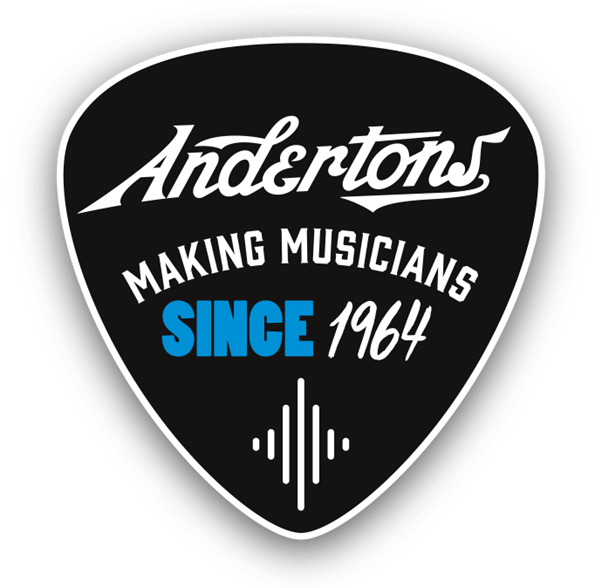
The Pull agency won three awards including gold for the Andertons re-brand that followed Pull blueprinting their brand and developing new identity, and in the same year Andertons went on to win NAMM Top Global Dealer award in Los Angeles. Read the full story here.
Gocycle
Richard Thorpe left his dream job as a McLaren Cars engineer/designer to reinvent the bicycle. Gocycle has become a design icon – creating a new outline for bicycles with its injection-moulded monocoque chassis and identical side-mounted wheels (the lightest ever fitted to a bike). Richard did two things they say were impossible – improving on the basic design of a bicycle and reinventing the wheel.
Richard saw the potential for ebikes as the most sustainable form of powered personal transport possible. What the world needed was a better bike and perhaps it would be more inclined to leave their car at home and ride. A bike that could be folded, adjusted to fit everyone, and powered. This was so obviously Gocycle’s main “Why” that it is what we chose to define their purpose.
Because the world deserved a better bike
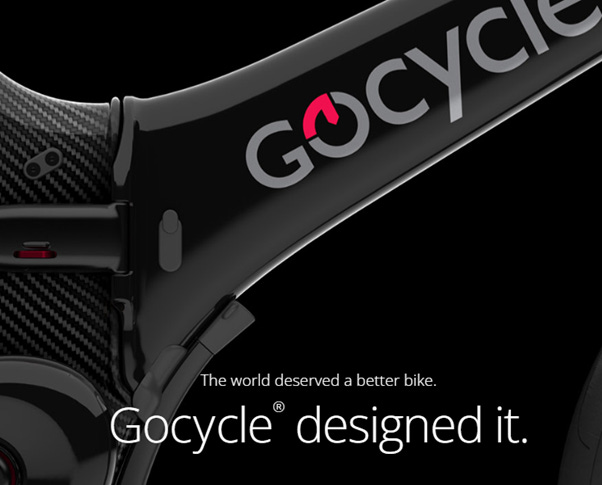
As with Andertons it wasn’t what we were told was the brand’s mission, but it was uncovered in interrogating the founder, his staff and his customers.
So here is our definition of what a brand’s mission or purpose should be:
‘WHY THE BRAND IS THERE. OUR HIGHER PURPOSE. WHAT DRIVES WHAT WE DO BEYOND MONEY’
‘It should serve as a filter to separate what is important from what is not and inspire and direct the organisation.’
So, to be true to their purpose, Andertons should always strive first to make musicians – to paraphrase Simon Sinek talking about Apple: “They just happen to sell a lot of instruments in the process”. And at Gocycle – all product development should be done bearing in mind the mission to give what the world deserves – a better bike.
What should you do with your Vision & Mission statements?
You don’t really have to do anything. You probably shouldn’t put them in a frame on the wall in your offices – but – that might make sense. Sometimes, just the process of defining your brand’s purpose can create a new direction that makes the exercise worthwhile in its own right. In our experience the biggest benefit is that of alignment and consensus. Properly presented to the whole company team, a vision and mission statement should provide direction, motivation and a sense of. . . purpose.
(At Pull we haven’t put our statements on the office wall, but we regularly ask staff to tell us what they think Pull’s vision and mission are. This helps us know if they know – and serves as a reminder of what they are, and encourages a dialogue over whether they are good, right and fitting.)
Pull’s Brand Blueprint™ includes defining or sometimes re-defining a brand’s vision and mission. We always have a particular challenge in creating these blueprints with clients. This is based on the instincts of all brand owners to create selling copy around their brand when we are actually just trying to define it. They just can’t help it! We describe the Blueprint process as ‘essential’ – what’s left when you strip away all the rhetoric and flourishes that have grown up around a brand, and even ‘redactive’ – it can only be created by removing things – ego, wishful thinking, ambiguity, things that are generic and not ownable. So, we tend to describe the Blueprint as ‘pre-creative’.
However, the foundational purpose served by the Blueprint and properly defining things like vision and mission (The Blueprint goes on to define essence and brand personality) are essential for when you start thinking about telling your brand’s story. For us, one measure of the effectiveness of a good mission statement is if it is so simple and easy to understand that it can be used in consumer communications. This happened with both Andertons and Gocycle. It’s not essential, but even f it can’t make the cut as copy, it should act as the basis for a great copy strategy.
Social Purpose
Much has been written about social purpose – normally under the guise of ‘Brand Purpose’. We will say little about it here, as if you are the owner or responsible for anything other than a huge consumer brand you can probably largely ignore it. As Andrew Tenzer and Ian Murray pointed out in their ground-breaking white paper: The Empathy Delusion, marketers have convinced themselves their brand is a vehicle for promoting the ‘progressive’ causes that they and their colleagues believe deserve to be pushed by their brand. Research – including our own – demonstrates that the mainstream public see through this, do not support these causes at the same level and see it as preachy. (Check out our ‘Is your brand too woke’ consumer research into ‘Brand Purpose’. Link below.)
At the Pull Agency we have clients that refer back to their Brand Blueprint and components in it created 7 or 8 years ago. If they are in a fast moving market then sometimes we update it with them – but this has never been more than tweaks. Like with a logo, the Blueprint is designed to be futureproof. So, your vision and mission statements should be accurate, durable and reflect your values, not the fashionable causes of the day. Believe me if they do, you will look pretty silly if those causes fall right out of favour – or worse still are found to be a fraud. You will also need to do them again.
Contact us if you need to blueprint your brand or want help developing a compelling vision or mission for your brand.
Posted 31 July 2023 by Chris Bullick